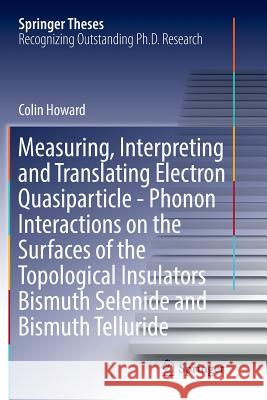Measuring, Interpreting and Translating Electron Quasiparticle - Phonon Interactions on the Surfaces of the Topological Insulators Bismuth Selenide an » książka
topmenu
Measuring, Interpreting and Translating Electron Quasiparticle - Phonon Interactions on the Surfaces of the Topological Insulators Bismuth Selenide an
ISBN-13: 9783319831206 / Angielski / Miękka / 2018 / 88 str.
Measuring, Interpreting and Translating Electron Quasiparticle - Phonon Interactions on the Surfaces of the Topological Insulators Bismuth Selenide an
ISBN-13: 9783319831206 / Angielski / Miękka / 2018 / 88 str.
cena 384,63 zł
(netto: 366,31 VAT: 5%)
Najniższa cena z 30 dni: 382,84 zł
(netto: 366,31 VAT: 5%)
Najniższa cena z 30 dni: 382,84 zł
Termin realizacji zamówienia:
ok. 20 dni roboczych.
ok. 20 dni roboczych.
Darmowa dostawa!
Kategorie BISAC:
Wydawca:
Springer
Seria wydawnicza:
Język:
Angielski
ISBN-13:
9783319831206
Rok wydania:
2018
Wydanie:
Softcover Repri
Ilość stron:
88
Waga:
0.16 kg
Wymiary:
23.39 x 15.6 x 0.56
Oprawa:
Miękka
Wolumenów:
01
Dodatkowe informacje:
Wydanie ilustrowane











